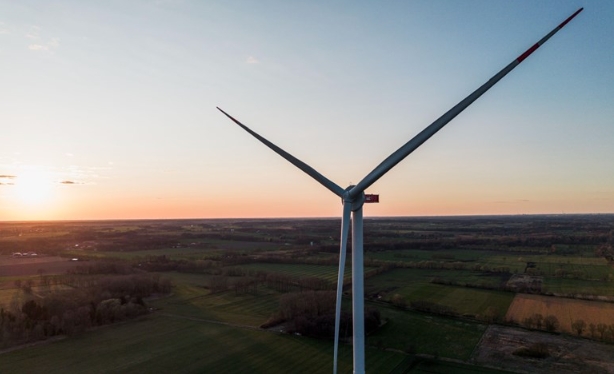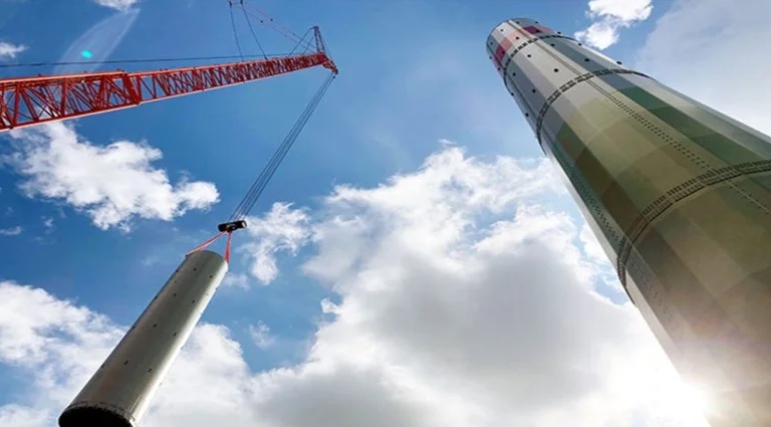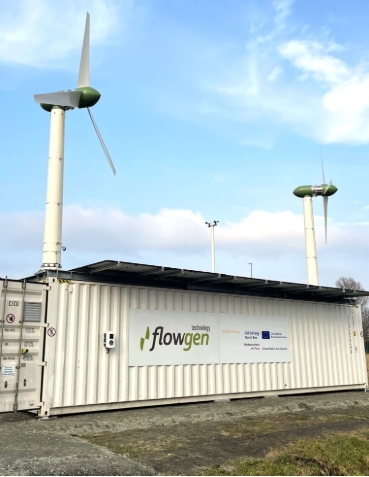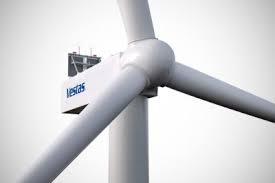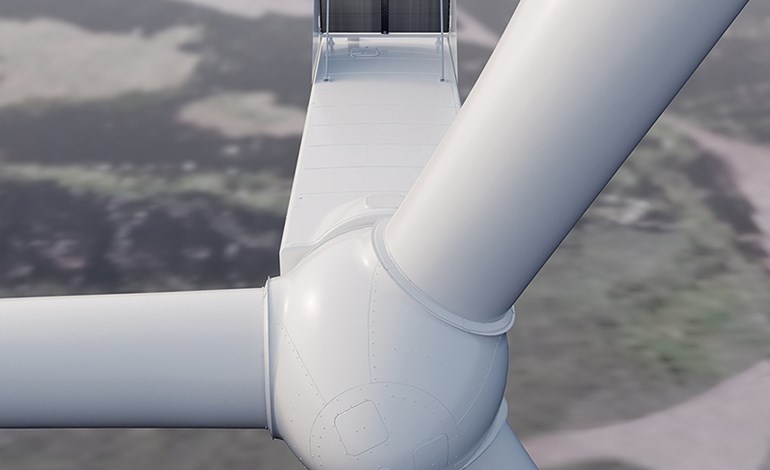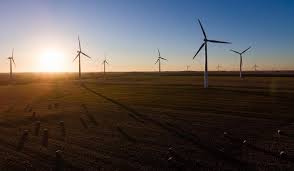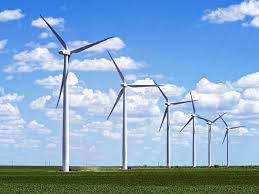The International Renewable Energy Agency (IRENA) has released its World Energy Transitions Outlook, presenting the key green technologies that will help the globe to meet its 2050 decarbonisation targets.
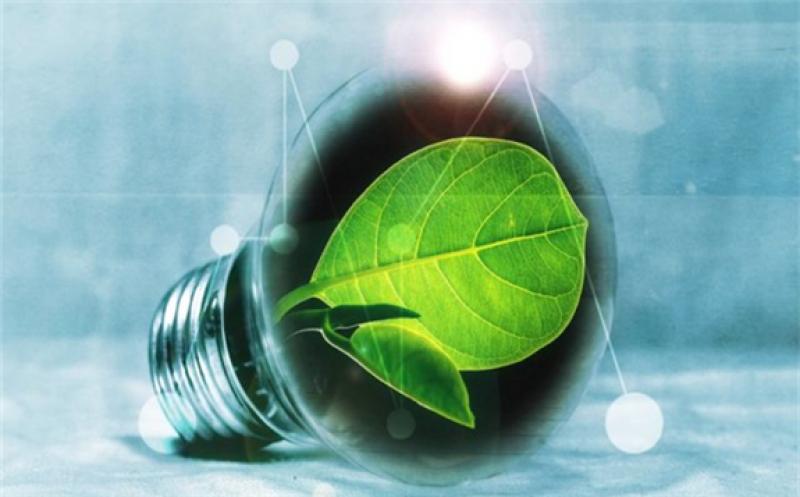
Clean energy technologies proven to enable net-zero energy systems largely exist, according to the study.
The key five green technologies
The five green technologies that will play a key role in meeting 2050 decarbonisation targets include renewable energy directly supplied to consumers, energy efficiency, renewable-powered electrification, green hydrogen and carbon capture.
Up to 90% of decarbonisation to be made by 2050 will result from the deployment of renewable energy directly supplied to consumers, energy efficiency, renewable-powered electrification and green hydrogen.
Green hydrogen specifically will emerge as one of the major sources of electricity, representing 30% of total consumption in 2050.
A combination of carbon capture and bioenergy is expected to deliver the last mile of carbon emissions reductions.
IRENA’s “1.5°C pathway” sees electricity becoming the main energy carrier in 2050 with renewable power capacity expanding more than ten-fold over the same period. Transport will see the highest growth of electrification with a 30-fold increase. Almost 70% of carbon emission reductions in transport will come from direct and indirect electrification.
The use of fossil fuels is expected to decline by 75% through 2050. 0il and coal consumption is expected to shrink fastest. Natural gas could peak around 2025, becoming the largest remaining fossil fuel by 2050.
Investors will continue to drift away from fossil fuel projects to focus more on clean technologies.
Shares of fossil‑fuel-heavy energy sector in S&P index fell from 13% a decade ago to below 3% today. Investors are flooding money into renewable energy stock with S&P clean energy up by 138% in 2020.
Finance and investments
However, there is a need to scale up investments in the energy transition by 30% over planned investment to a total of $131 trillion between now and 2050.
Increasing the investments would be equivalent to a total of $4.4 trillion every year being made in carbon-neutral technologies.
Despite the call to increase investments in renewables, positive developments have been noticed.
Major economies have announced economic stimulus packages that will pump approximately $4.6 trillion directly into carbon-relevant sectors such as agriculture, industry, waste, energy and transport, but less than $1.8 trillion is green.
Energy transition benefits
IRENA forecasts massive benefits will result from accelerating the transition to low-carbon energy systems.
Investing in transition will create close to three times more jobs than fossil fuels, for each million dollars of spending.
To address concerns about a fair and just transition, IRENA’s Outlook calls for a holistic and consistent overall policy framework.
Francesco La Camera, Director-General of IRENA said: “The window of opportunity to achieve the 1.5°C Paris Agreement goal is closing fast. The recent trends show that the gap between where we are and where we should be is not decreasing but widening. We are heading in the wrong direction. The World Energy Transitions Outlook considers options of the narrow pathway we have to be in line with the 1.5°C goal. We need a drastic acceleration of energy transitions to make a meaningful turnaround. Time will be the most important variable to measure our efforts.
“While the pathway is daunting, several favourable elements can make it achievable.
“Major economies accounting for over half of global CO2 emissions are turning carbon neutral. Global capital is moving too. We see financial markets and investors shifting capital into sustainable assets. Covid-19 has highlighted the cost of tying economies to fossil fuels and confirmed the resilience of renewable energy. As governments pump huge sums in bailouts and recovery, investment must support energy transition. It is time to act and countries can lead the way with policies for a climate-safe, prosperous and just energy system fit for the 21st century.”

